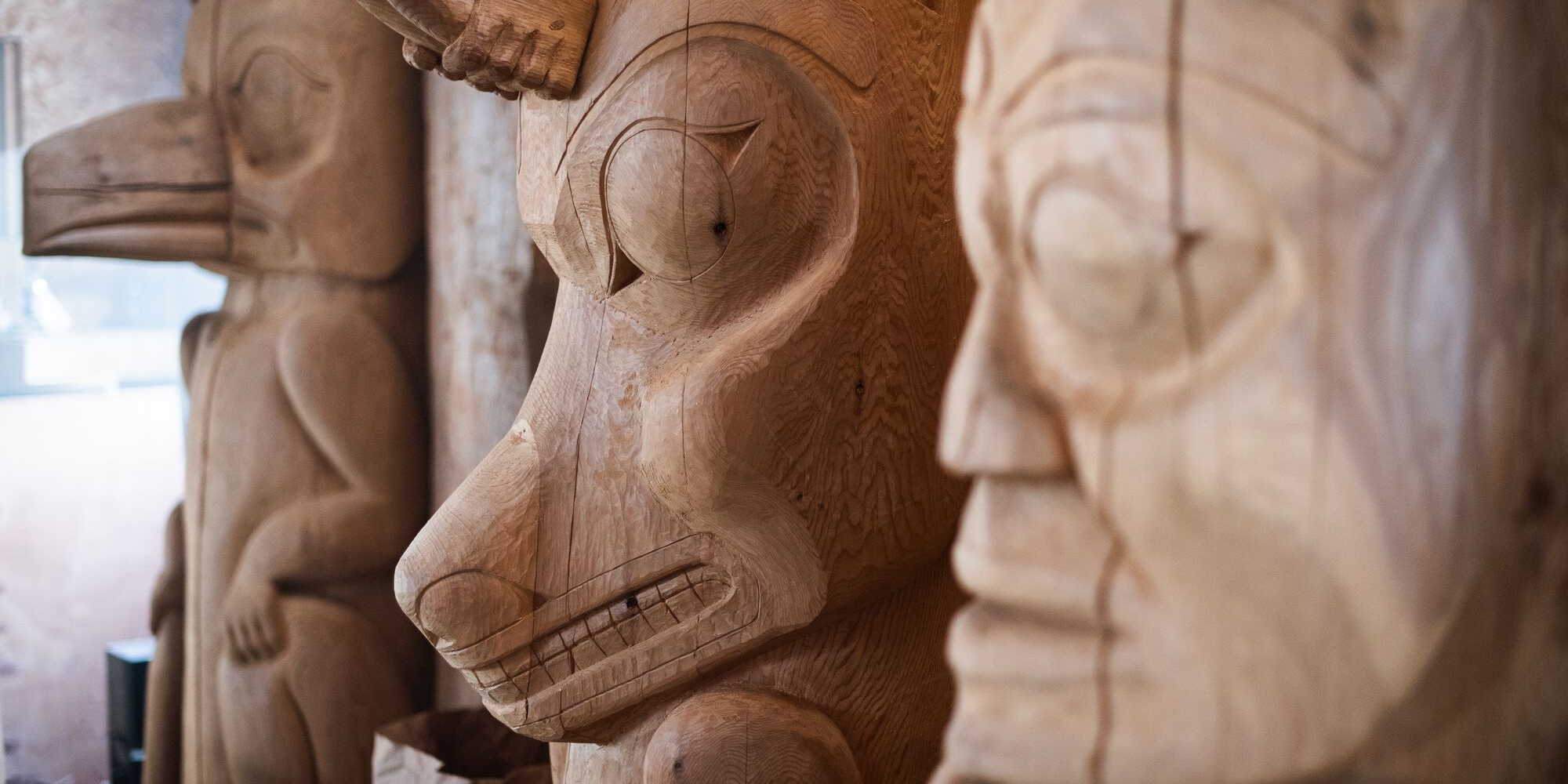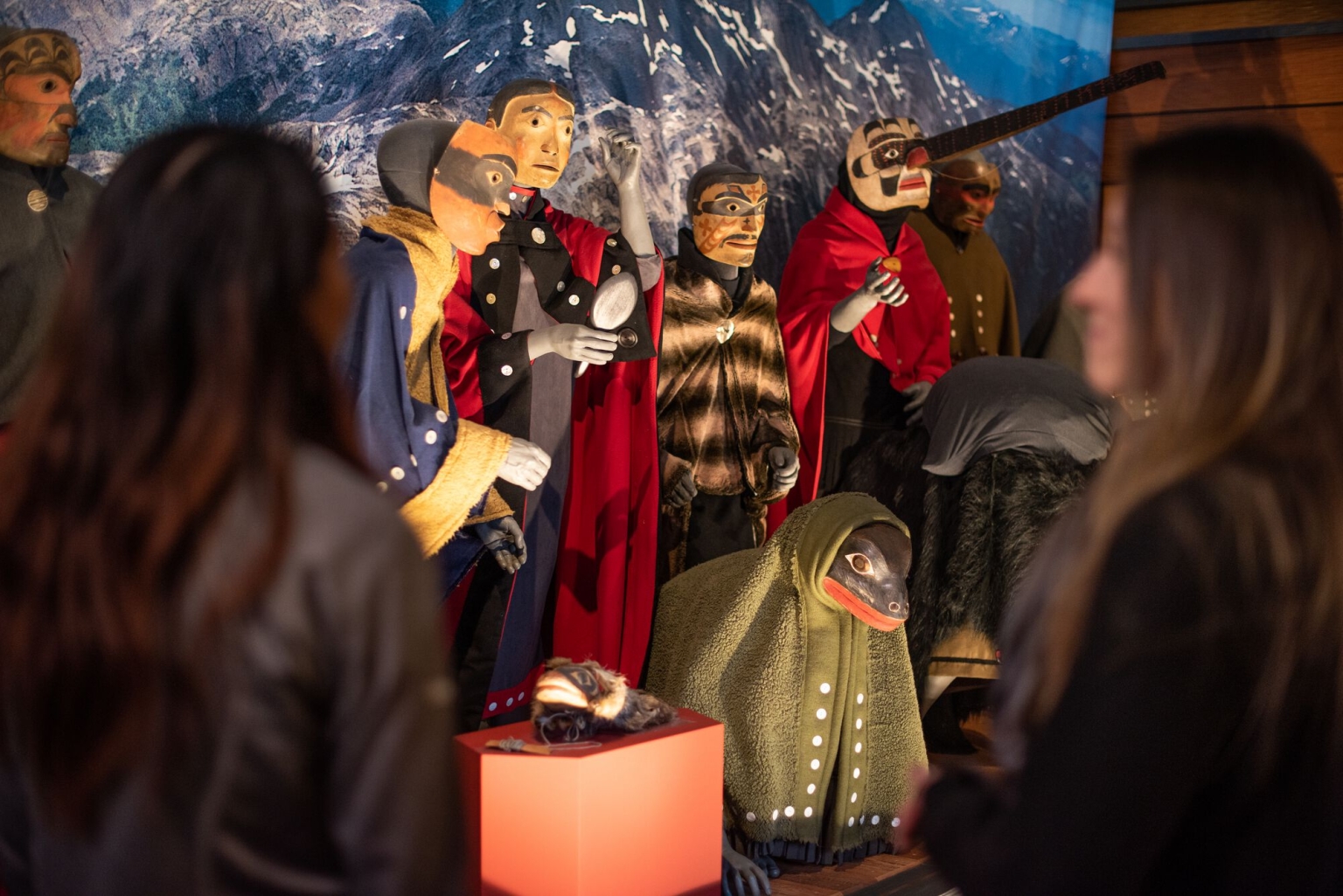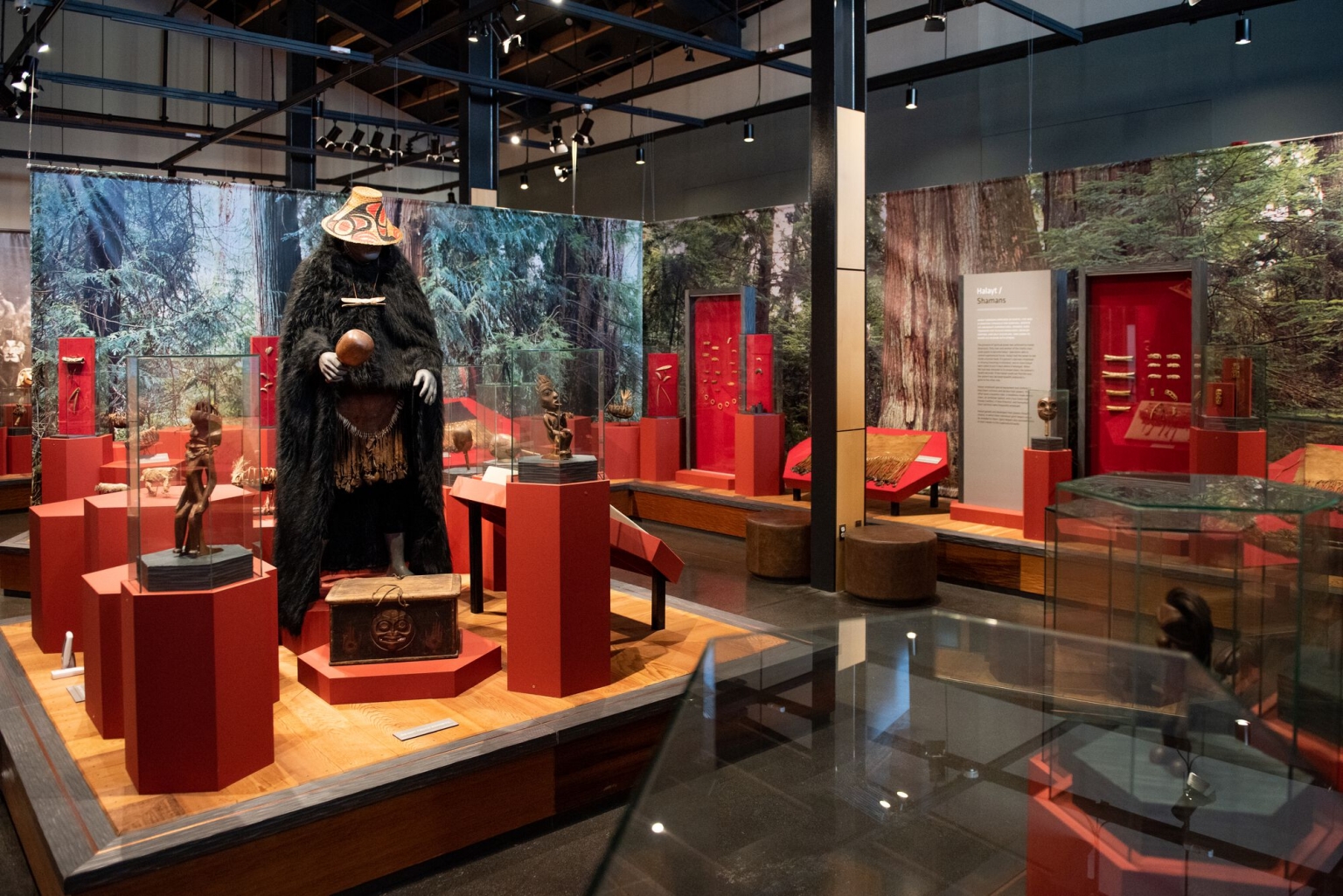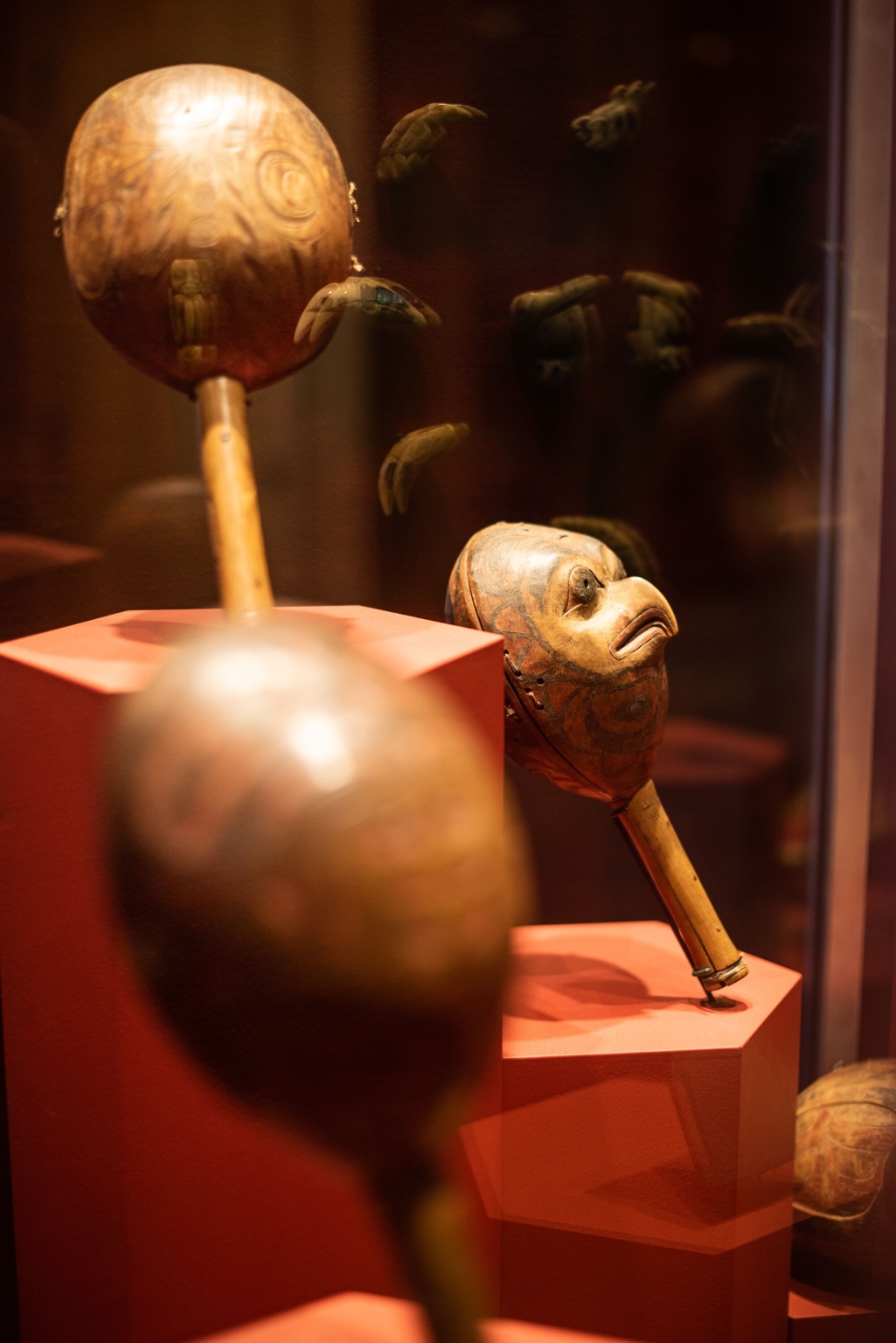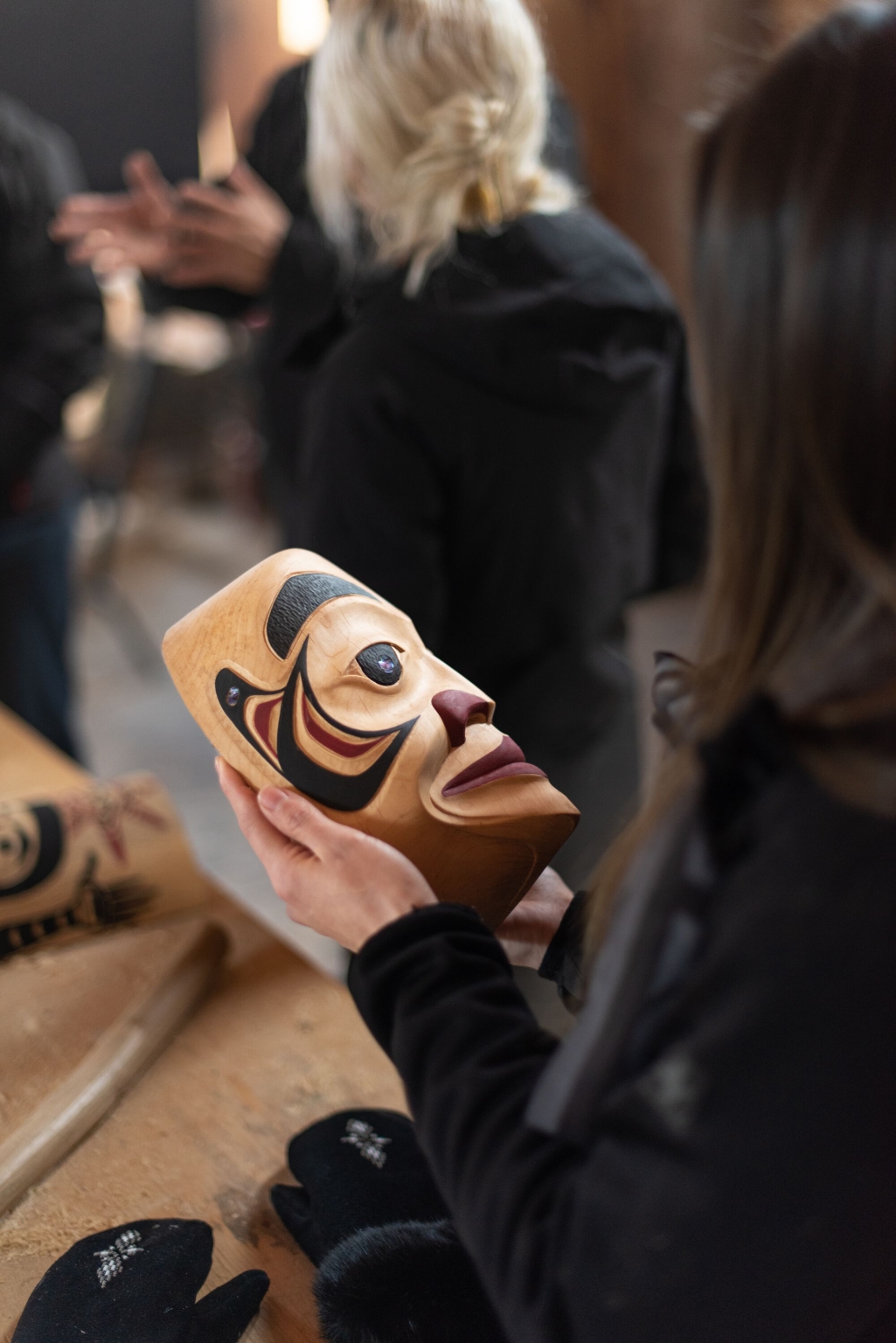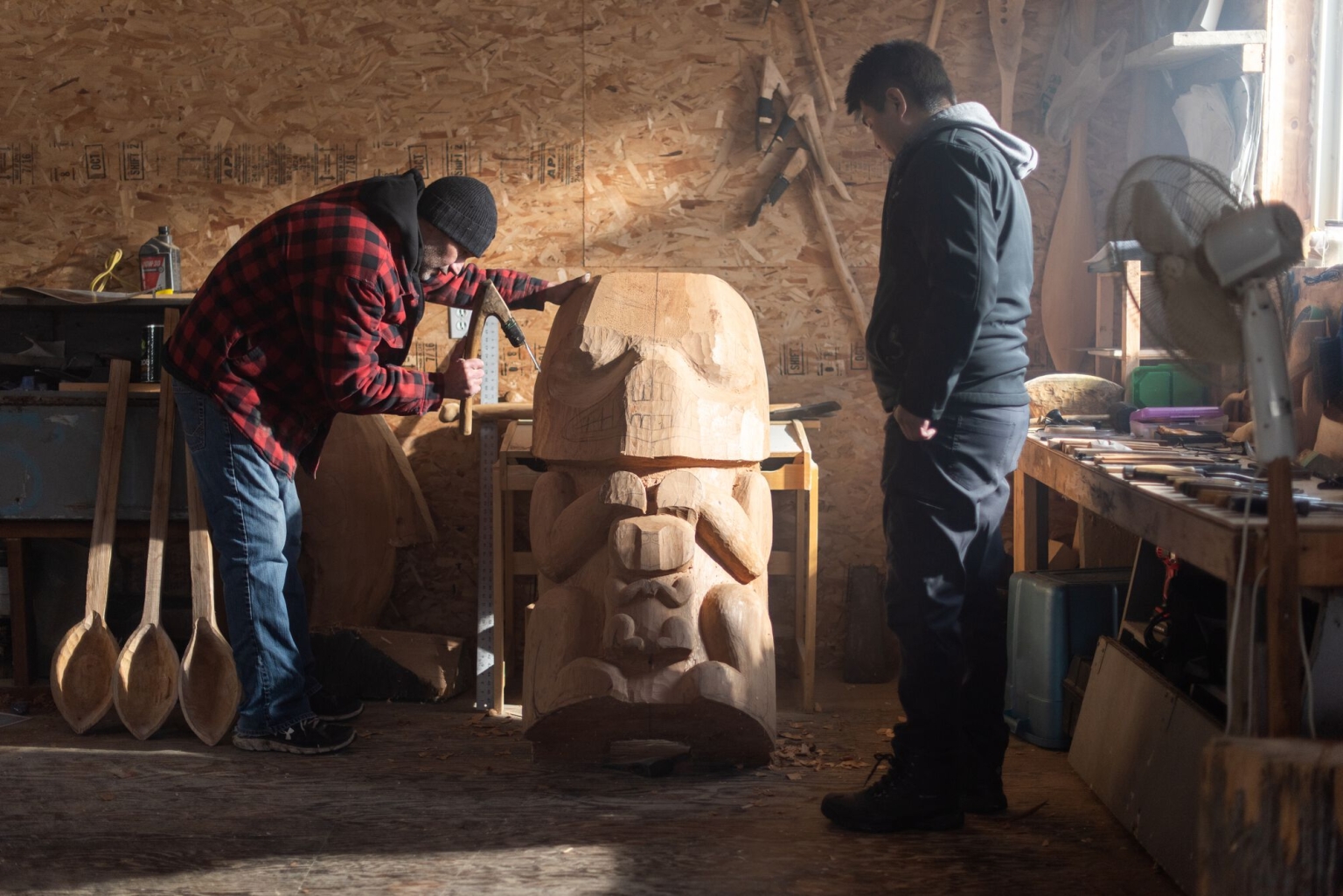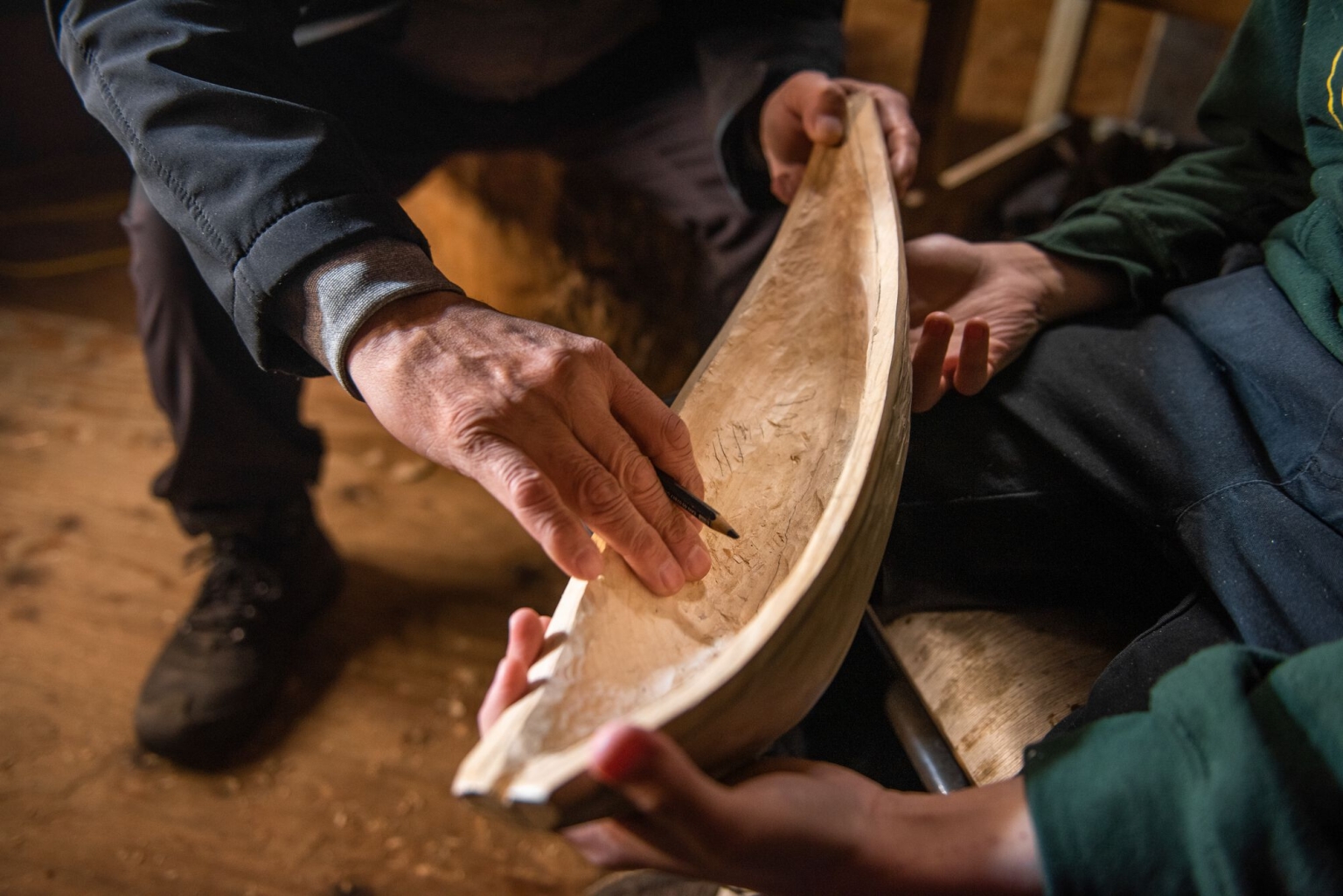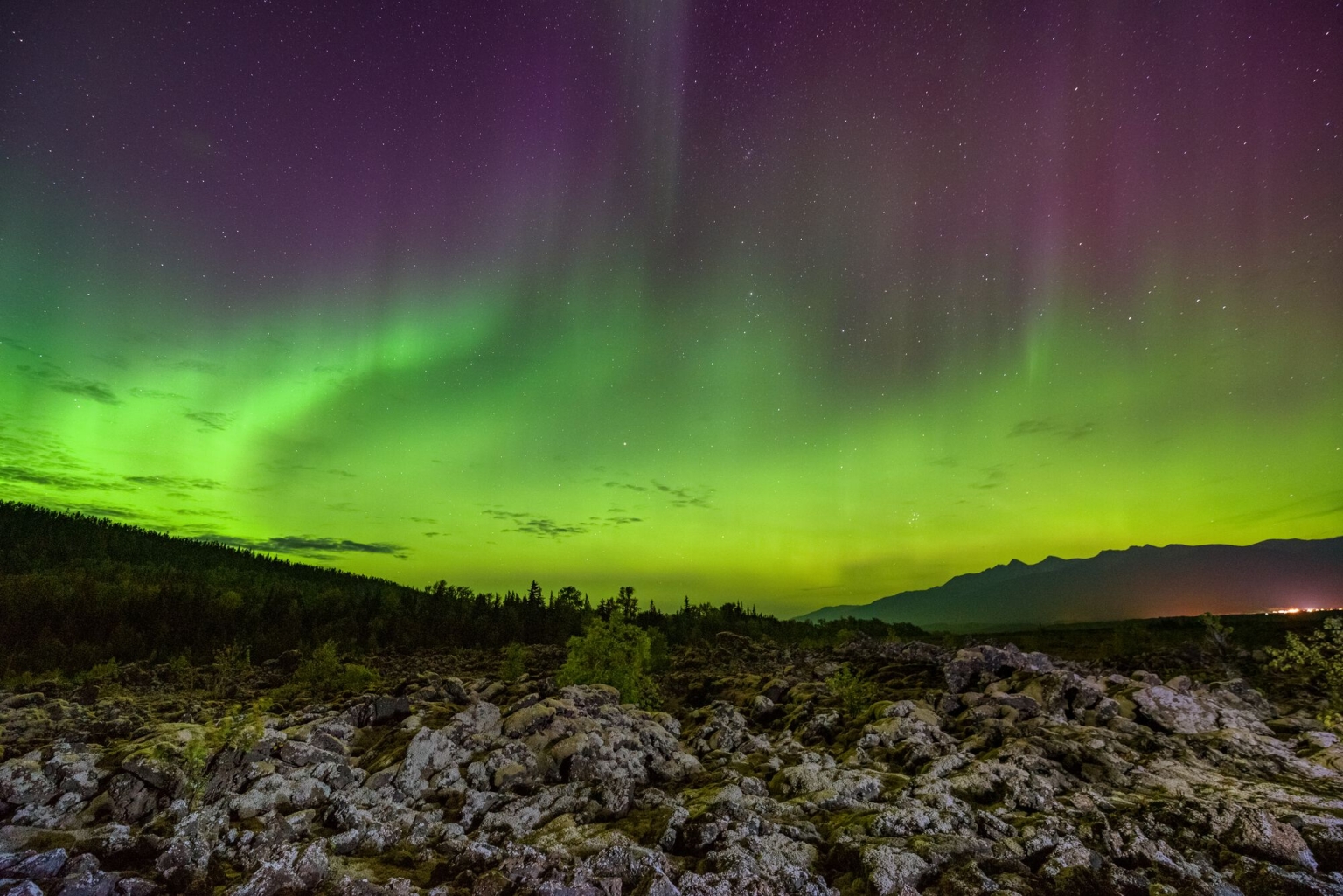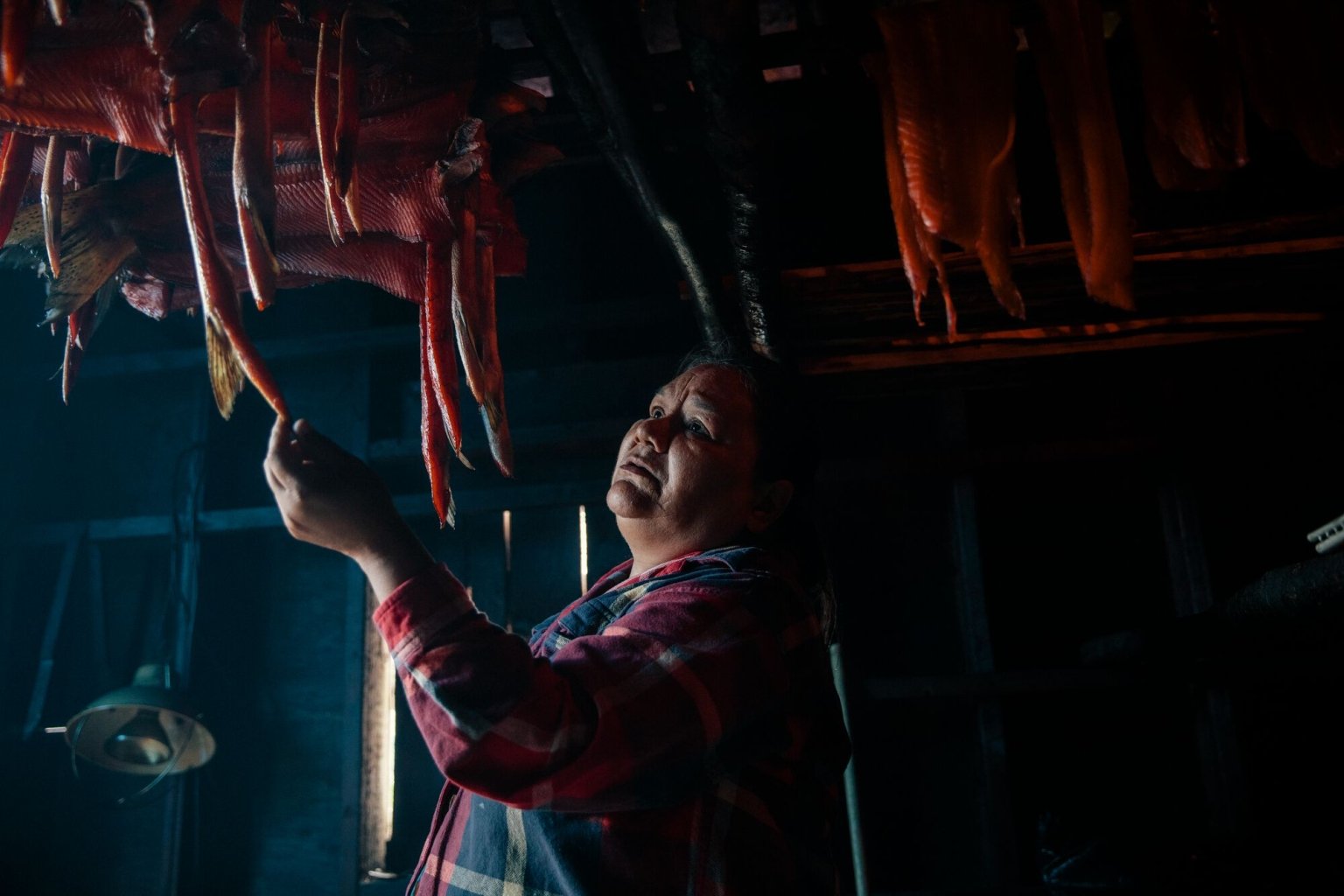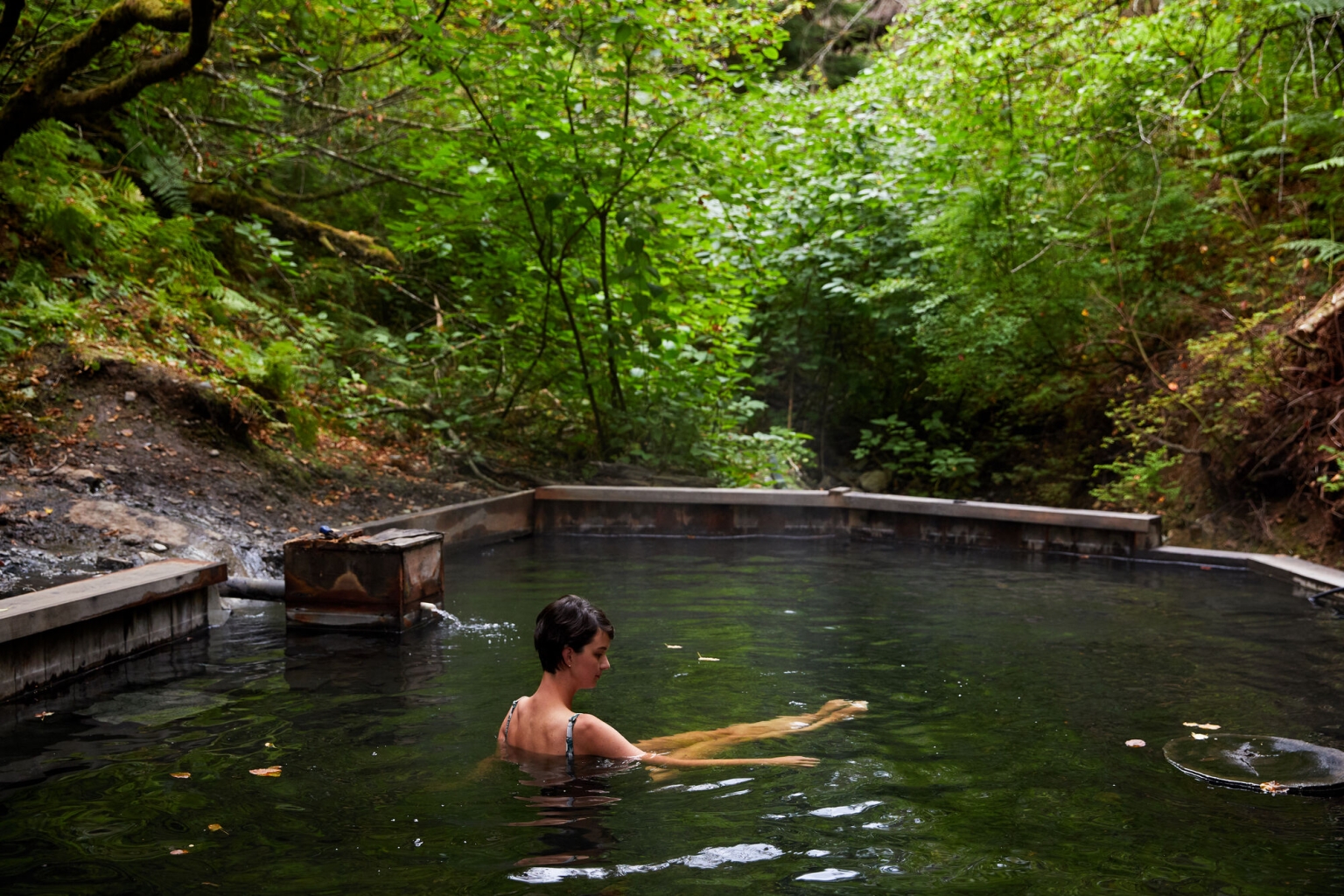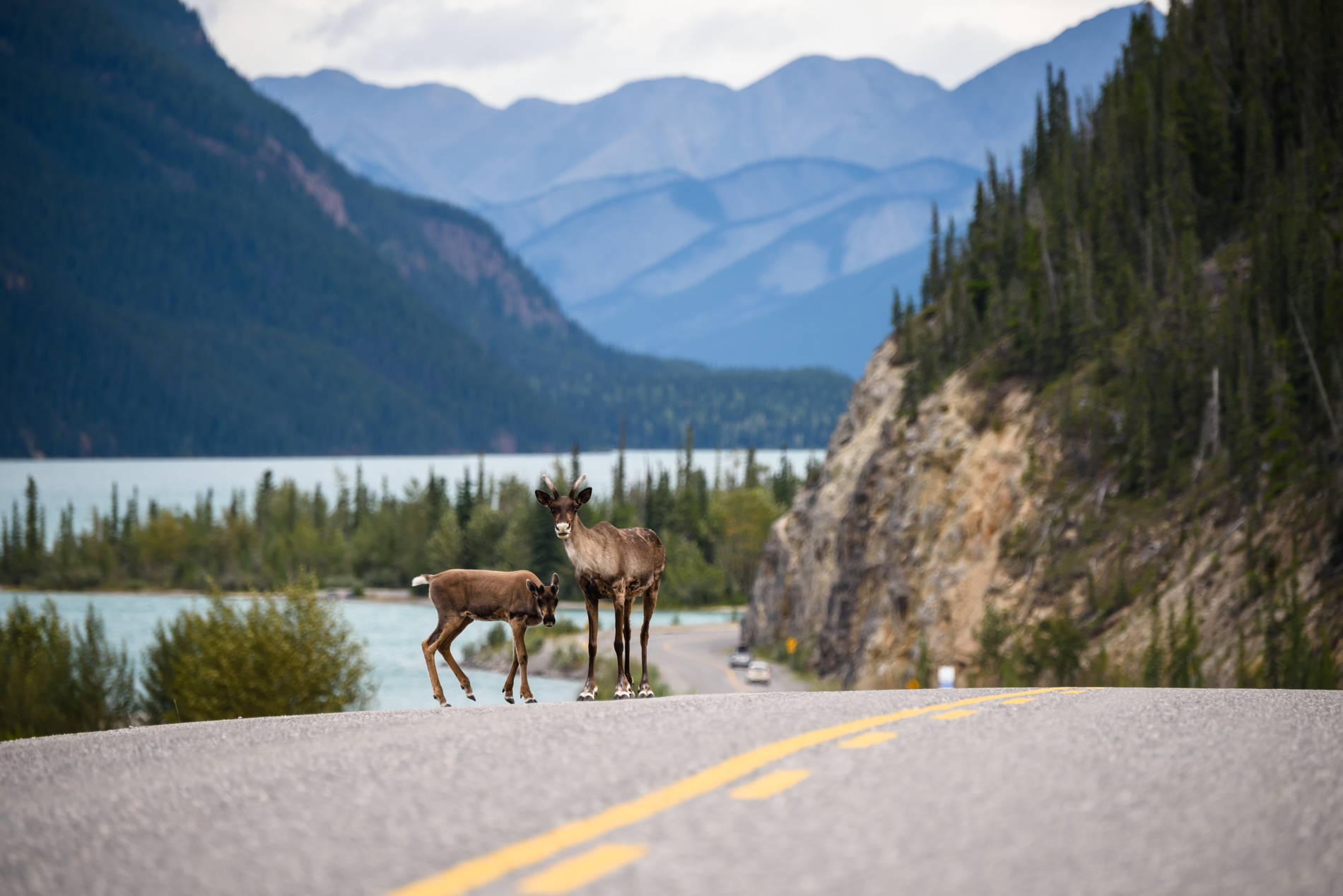Come with an open mind and heart. We are a distinct, self-governing First Nation as well as proud British Columbians and Canadians. Part of the joy of visiting any foreign land is engaging with the local history and culture. We Nisg̱a’a are renowned for our hospitality, curiosity, and friendliness. We hope your time with us awakens your spirit and that you leave enriched. Remember: we are all connected—everything and everyone.
Before travelling to Nisg̱a’a Lands, prepare yourself—you are entering our homeland.
While you’re visiting us, please:
- Obey all posted signs
- Do not fish or travel the backcountry without a permit from Nisg̱a’a Lisims Government
- Wait to be invited before entering someone’s home or property
- Ask for permission before taking pictures of people or pts’aan (totem poles)
- Respect closures—please walk, hike, drive, park, or camp only
where permitted - Respect wildlife and keep a safe distance
- Feel free to ask questions.


